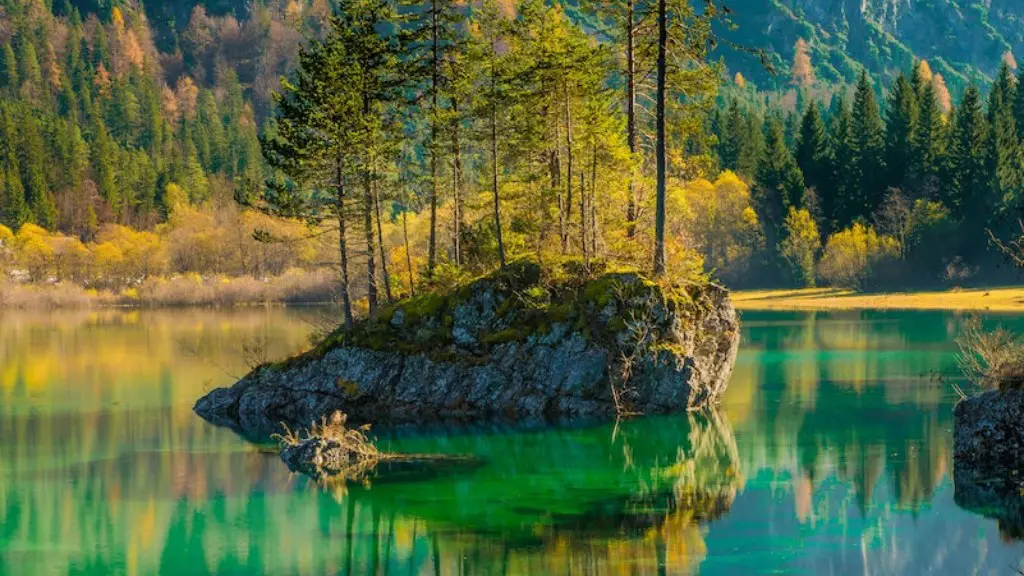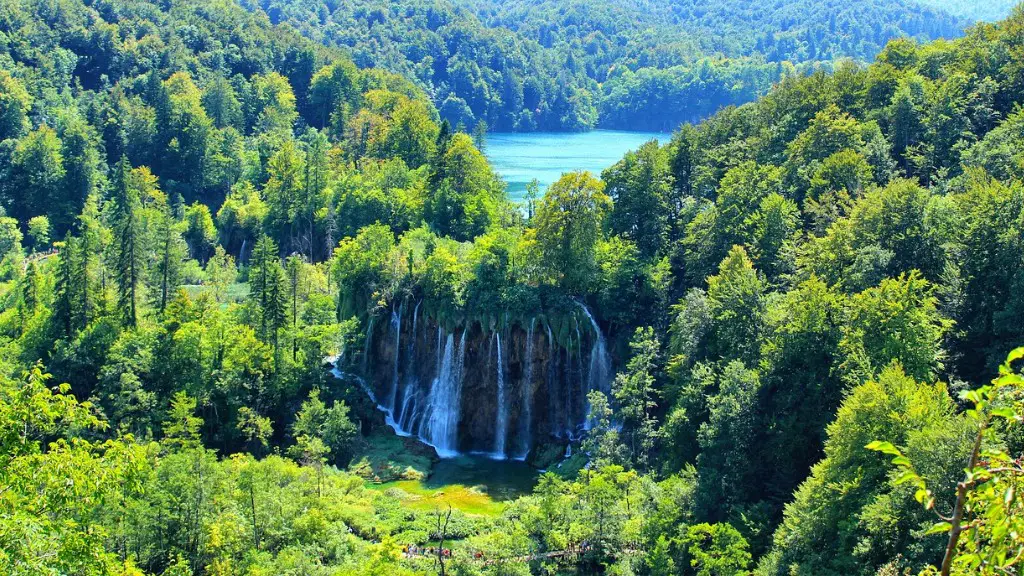Location of Lake Superior
Lake Superior is the northernmost and the second largest freshwater lake in the world by surface area. It is located on the border of the United States and Canada, straddling Minnesota, Wisconsin and Michigan in the USA, and Ontario and Manitoba in Canada.
Depth of Lake Superior
Lake Superior is considered to be the deepest of all the Great Lakes, with a maximum depth of 406 meters (1,332 feet) at its deepest point. This makes it the third largest lake in the world by volume. By comparison, Lake Michigan is the deepest of the other four Great Lakes, with a maximum depth of 297 meters (977 feet).
Fauna and Flora
Lake Superior is home to a wide variety of fish, such as cisco, lake herring, lake trout and whitefish. It is also home to a wide variety of aquatic plants, such as wild rice, which is a local delicacy, as well as eelgrass, which is an important part of the lake’s food chain.
Human Activity in the Region
Lake Superior has long been an important resource for the local populace, who have long relied on it for fishing, navigation, transportation, and the production of electricity. In recent years, it has also become an important recreational destination, with a robust tourism industry based around activities such as sailing, kayaking, and other water sports.
Environmental Impact of Human Activity
Despite its importance to the local economy, Lake Superior is not immune to the environmental changes brought about by human activity. Industrial runoff, agricultural waste, and sewage have led to the decline in water quality in the lake. This, in turn, has had a negative impact on the lake’s fragile ecosystems, endangering fish, birds and other wildlife that rely on the lake for their survival.
Environmental Preservation Efforts
In recent years, conservation groups, non-profits, and various governments have all worked to preserve the ecological integrity of Lake Superior and its associated watersheds. These efforts include the implementation of stricter regulations regarding industrial activity, the establishment of protective marine parks, and the restoration of wetlands and other habitats.
Conclusion
Lake Superior is an impressive body of water, boasting an impressive depth of 406 meters (1,332 feet) at its deepest point. It is home to a wide variety of fish, plants, and other wildlife, and is a major provider of jobs, recreation and tourism. Unfortunately, it is also facing numerous environmental threats and challenges due to human activity, leading to the need for increased environmental preservation efforts. Only through the collective commitment of citizens, governments, and businesses alike can the lake’s future be secured.

